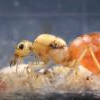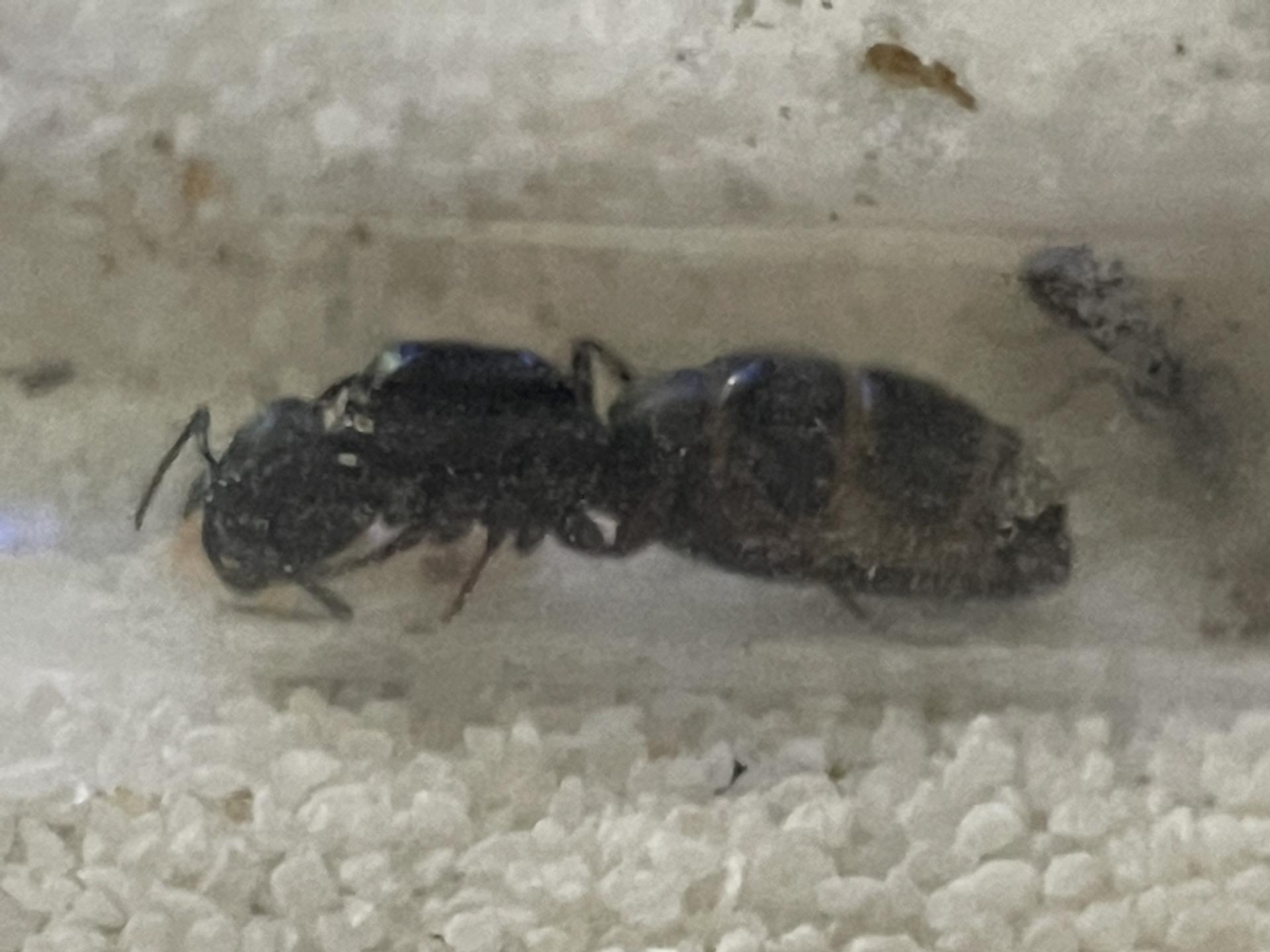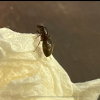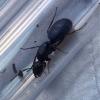I was able to catch to 21 Camponotus Modoc alates yesterday and currently have 17 of them (three died to what I believe is pesticides and one got beheaded (the beheadedning was the only act of aggressive behavior I saw so I assumed she really got on a queen’s nerves.)) As I only brought 5 test tubes with me, I had to make a bunch of temporary enclosures. A quick question: Do queens in captivity usually take longer to shed their wings? All of the queens outside have their wings shed but only a couple of my queens shed their wings.
Pictures coming soon.
Edited by JamesJohnson, May 31 2021 - 7:24 PM.
























